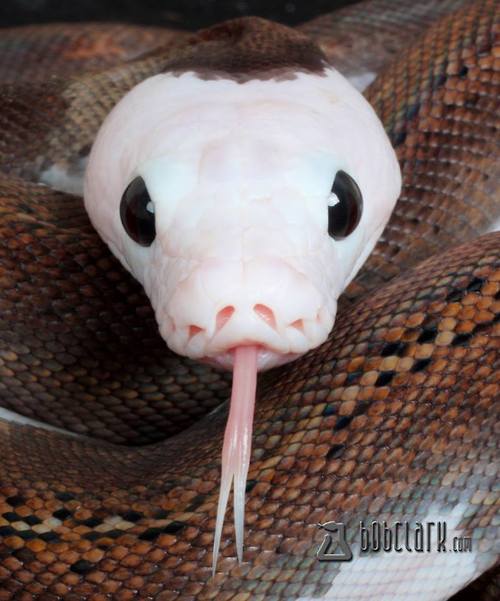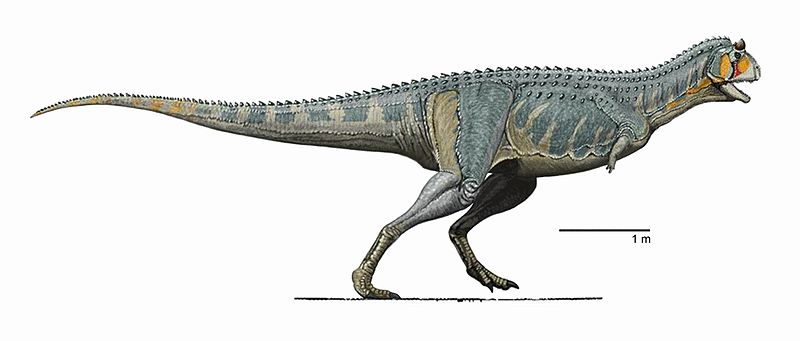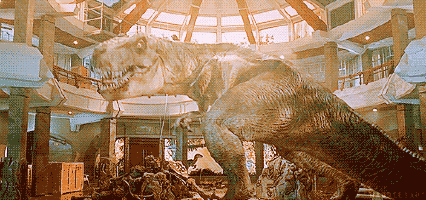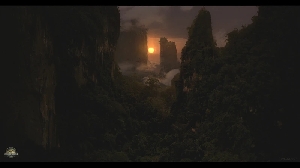Carnotaurus Sastrei
Dinosaurs Forum Topic

Carnosaur
MemberCompsognathusFeb 27, 20141616 Views4 Replies
Carnotaurus is a genus of abelisaurid from the late cretacious of South America. Known from a single well-preserved skeleton, it is one of the best-understood theropods from the Southern Hemisphere. The skeleton, found in 1984, was uncovered in Argentina from rocks of the La Colonia. the name Carnotaurus means "meat-eating bull", alluding to its bull-like horns.
Carnotaurus was a lightly built measuring 8 to 9 m (26 to 30 ft) in length and weighing at least 1 metric ton 1.1 short tons). As a theropod, Carnotaurus was highly specialized and distinctive. It had thick horns above the eyes, a feature unseen in all other carnivorous dinosaurs, and a very deep skull sitting on a muscular neck. Carnotaurus was further characterized by vestigial forelimbs and long and slender hindlimbs. The skeleton is preserved with extensive skin impressions, showing a mosaic of small, non-overlapping scales measuring approximately 5 mm in diameter. The mosaic was interrupted by large bumps that lined the sides of the animal, and there are no hints of feathers.
Analysis of the jaw design of Carnotaurus by Mazzetta and colleagues (1998, 2004, 2009) suggests that the animal was capable of quick bites, but not strong ones. Furthermore, these researchers noted a high degree of flexibility within the skull and especially the lower jaw, somewhat similar to modern snakes. Elasticity of the jaw would have allowed Carnotaurus to swallow small prey items whole. However, in !998 Robert found that Carnotaurus mainly fed upon very large prey, especially sauropods. As he noted, several adaptations of the skull—the short snout, the relatively small teeth and the strong back of the skull —had independently evolved in Allosaurus. These features suggest that the upper jaw was used like a serrated club to inflict wounds; big sauropods would have been weakened by repeated attacks
Nature doesn't deceive us; it is we who deceive ourselves.
Replies to Carnotaurus Sastrei
Hey Guest, want to add your say?
Are you an avid Jurassic World fan looking for a dedicated online community of likeminded fans? Look no further! Create your own profile today and take part in our forums and gain XP points for all the content you post!










